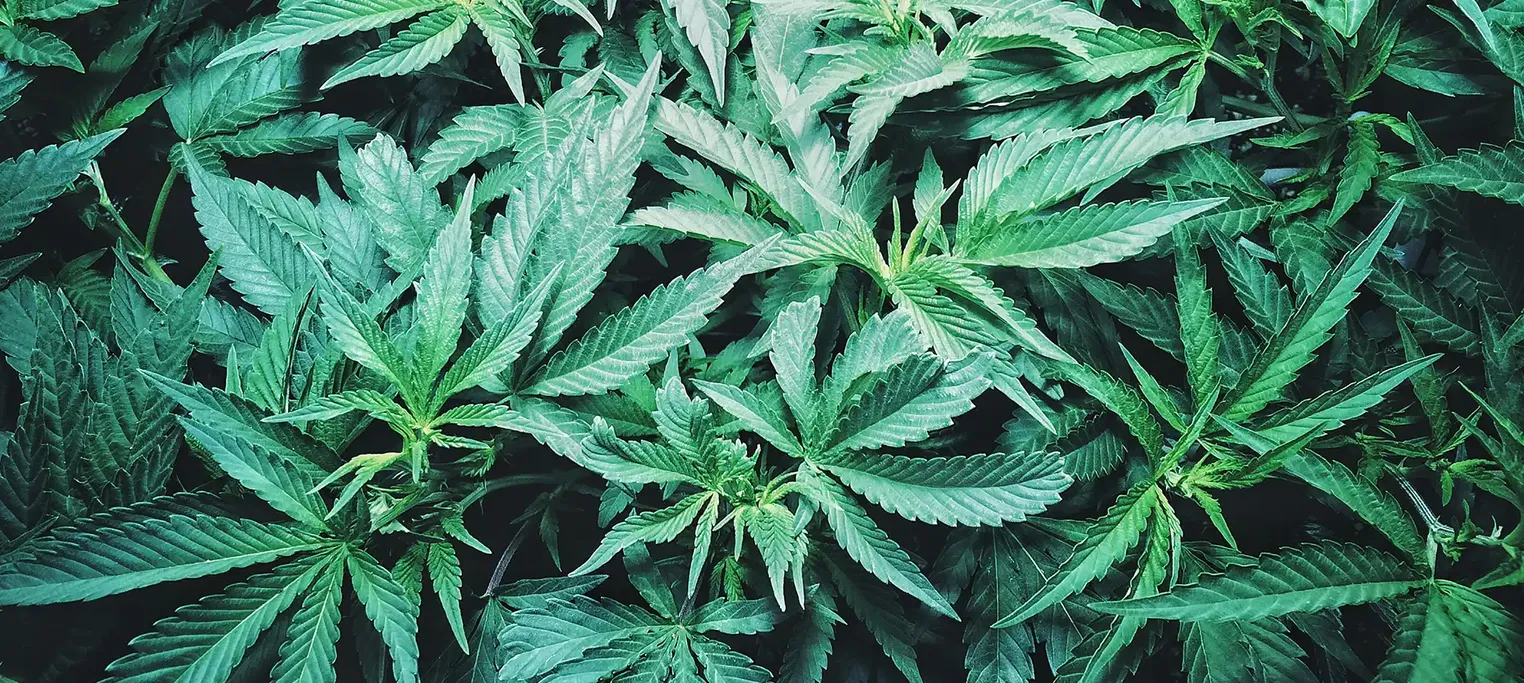May 6, 2019
Legalising cannabis in Canada

Canada’s recent decision to legalise the recreational use of cannabis for adults has gained significant international attention, both positive and negative.
As attitudes towards drug policy – and cannabis, in particular – seem to be changing, the results of Canada’s policy shift will have direct relevance to legalisation debates in other nations.
Why did Canada legalise cannabis?
The issue of cannabis legalisation became a hot topic in the 2015 Canadian Federal Election that brought Justin Trudeau to the Prime Ministership. While it’s too early to know what the outcomes will be, the Canadian Department of Justice states three goals of the legalisation legislation:
- keep cannabis out of the hands of youth
- keep profits out of the pockets of criminals
- protect public health and safety by allowing adults access to legal cannabis.
There are also ten states in the USA that have legalised recreational cannabis, although it remains federally illegal and there is no single model for regulation that is consistent across all those states. Arguably, the most contentious model is that of Colorado which permits a full private commercial market.
Canada, however, has taken a somewhat different approach.
Cannabis regulation in Canada
Canadians over 19 years old (18 in Alberta and Québec) are now allowed to carry 30 grams of cannabis in public, share (not sell) up to 30 grams with other adults and grow four cannabis plants per household (regardless of the number of occupants).
The Cannabis Act does, however, prohibit a range of activities in the interests of public health; namely:
- making concentrates is prohibited (using a solvent like butane to manufacture wax, budder, shatter, etc.)
- it’s illegal for cannabis companies to sponsor people, events and facilities
- packing is regulated
- promotion is restricted and limited to places where under 19s are not permitted.
Drug driving remains illegal. In addition to the significant penalties for driving with cannabis in your system, offences have also been introduced for multi-drug impairment such as alcohol and cannabis combined.
While legalisation initially allowed for the sale of dried cannabis flower, edibles will eventually be sold once regulations such as dose levels, child resistant packaging and labelling have been agreed on. It also looks like specific additives (e.g. caffeine, alcohol, and nicotine) will be banned.
While exactly what the Canadian model looks like in practice is still unfolding, including public health-based restrictions in the legislation from the beginning is a good foundation for minimising potential harm that may be associated with cannabis use.
What has happened so far?
Prior to legalisation in late 2018, there was significant debate and concern about the rates of cannabis use increasing in Canada.
A survey conducted six months before legalisation indicated that 14% of Canadians had smoked cannabis in the past three months.
According to the latest national survey results released in February 2019, post-legalisation:
- 15% of people have used cannabis in the past three months
- 55% of people have never tried cannabis
- 9% of people are former users who tried it once
- 22% of people are former users who used cannabis more than once.
If, and how, rates of cannabis use change over the coming months and years will be valuable information for other countries exploring changes to their own drug policy. This data will also be relevant for countries looking to navigate international treaties that condemn the legalisation of certain drugs.
International drug conventions
The Canadian government still needs to resolve the issue of three UN drug control conventions that the country is signatory to.
The International Narcotic Control Board (INCB), who oversee drug convention compliance, released a statement expressing deep concern over Canada’s decision. However, considering that Uruguay legalised cannabis in 2013 to INCB condemnation, but have faced no serious international repercussions, it seems highly unlikely that any global sanctions will be placed on Canada for breaching the treaties.
Monitoring the situation
The outcomes of Canadian cannabis legalisation are being monitored by organisations like Statistics Canada, who are tracking data such as national cannabis use. This emergent data will be able to inform future cannabis debate in other nations.
Potentially, the Canadian model – which takes a proactive public health approach by restricting issues like packing, sponsorship, and advertisements – could be a useful example for other countries to model their own legislation on.
Although it’s too early to determine if Canada’s three legalisation goals will be met, watching the situation unfold will answer many of the currently unsettled questions that are an active part of the international cannabis debate.




